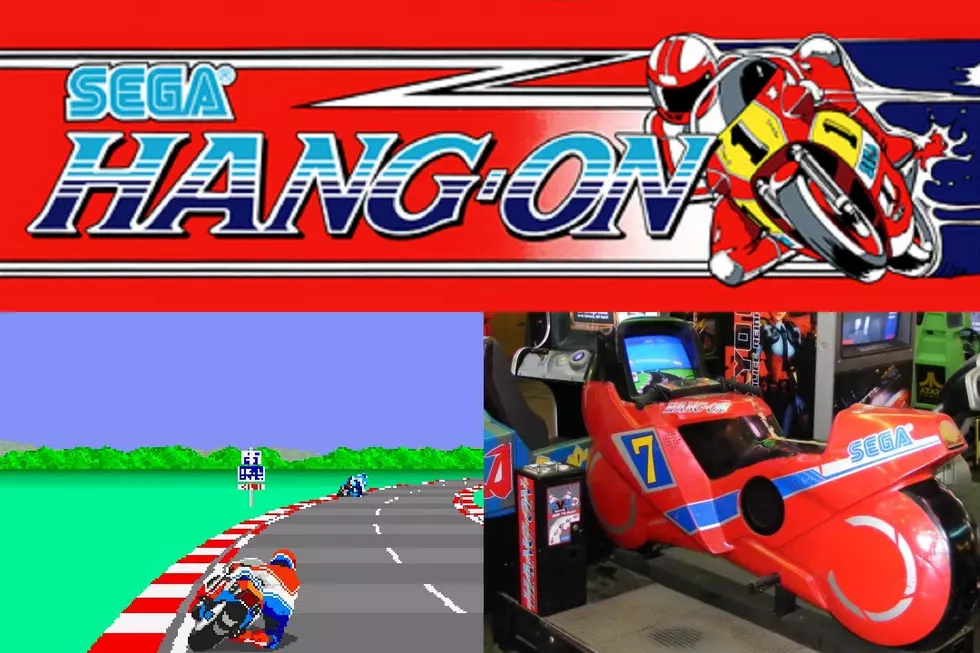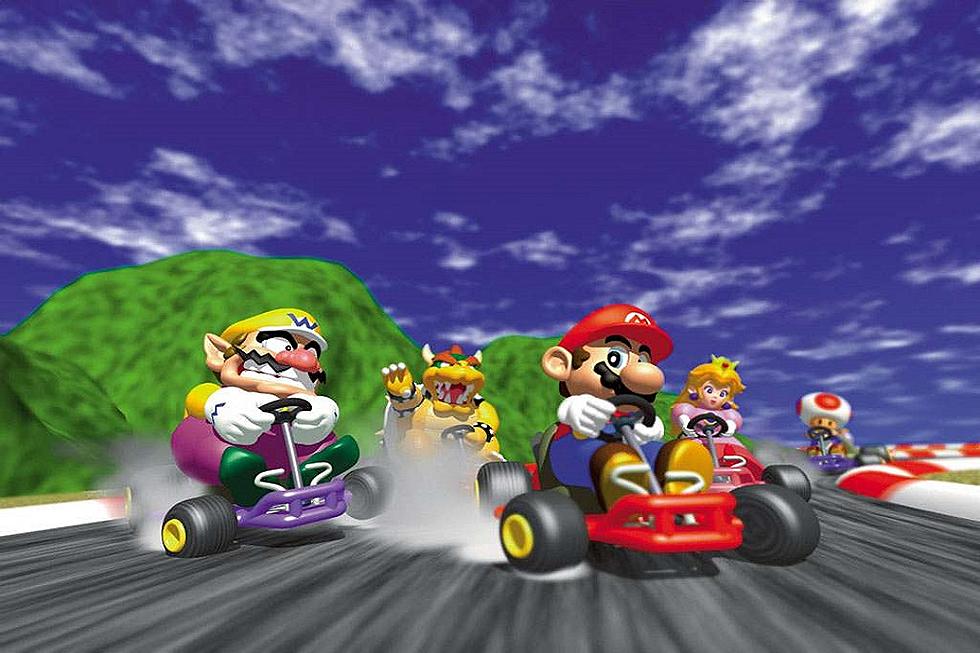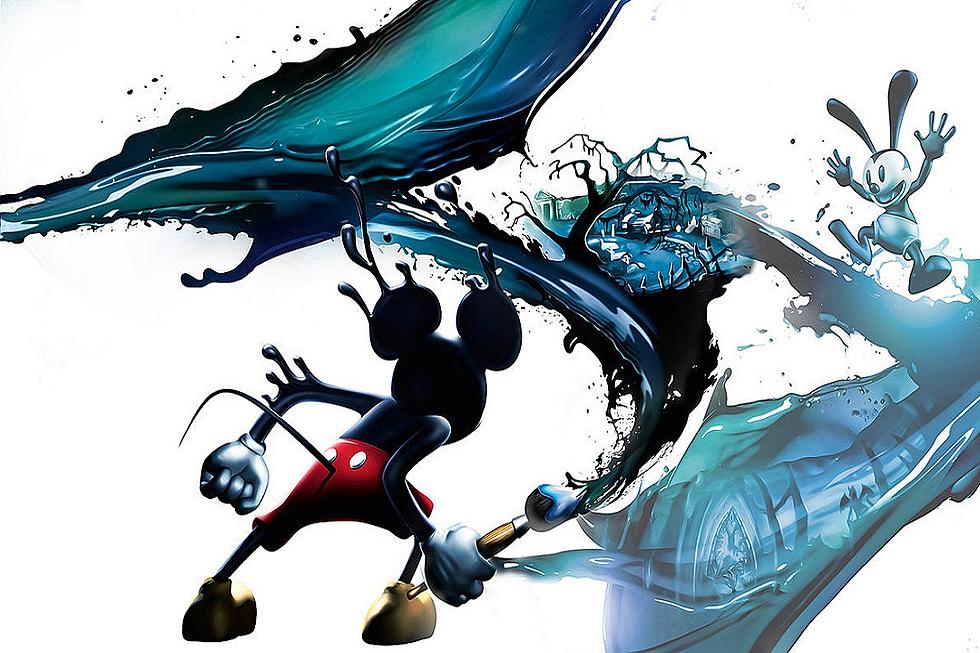
Hang-On Put the Wheels in Motion for Motion Controls
Motion controls have come and gone in a constant ebb and flow in the game industry for a very long time. Whether you’re looking at the ill-fated Nintendo Power Glove or the much more contemporary Microsoft Kinect, numerous developers have played with countless means to give players more control. While these options come out to incredibly varied results, there’s occasionally that perfect combination of engagement and fun and puts everyone on notice. The original Hang-On arcade was one such game that brought new attention to the motion control concept and made the idea exciting again back in 1985.
Hang-On is a motorcycle racing game designed by industry legend Yu Suzuki and published by Sega. There were versions of the game that would just feature handlebar and brake controls, but the version that caught everyone’s attention was the cabinet that featured a fully mountable motorcycle as the controller with the screen placed in the area where the windshield would be. In a time where hydraulic motion controlled games were unheard of, Suzuki went out of his way to create something entirely new. In order to help with development, Suzuki actually learned how to ride motorcycles and determine the physics in their control. Suzuki attested that when the prototype motorcycle control for Hang-On was created, he spent hours on it every day fine-tuning it to his experience with the real thing.
Hang-On wasn’t just spectacularly designed peripherals either. Suzuki used technology that had never been used before to ensure that the game also looked and played well-ahead of its time. Hang-On was the one of the first 16-bit arcades games and the first video game ever to Sega’s Super Scaler arcade system boards that allowed developers to produce semi-3D sprites at a high framerate. This would an immediate precursor to texture mapping in 3D polygonal games during the 1990s. For Suzuki, who used calculations and physics from the real world to design Hang-On, this was perfect in translating his concepts and research into the game in a format that would utilize them properly.
Suzuki and his team’s dedicated work came to fruition upon Hang-On’s release. It was one of the most immersive arcade experiences of its time. Players would climb on the motorcycle, race against the clock and other racers and use their own bodies to turn and lean the bike, translating to the player character turning and leaning their bike in the game. Checkpoints would keep the game going while failing to hit checkpoints before the timer ran down would result in a game over. In this manner, Hang-On produced an exhilarating racer arcade experience unlike any other available.
Hang-On was more than successful. It was incredibly influential. The game brought motion controls back into the conversation when developing new creations for the arcade. Companies and developers inspired by the innovative success of Hang-On would develop their own new creations based upon the hydraulic controls of the game. It opened the doors for many other types of racers, simulators, and technology both in the arcade and on home console. Two decades ahead of when motion controls would become extremely trendy in the industry, Hang-On was laying the foundation.
More From Arcade Sushi



![What’s Old is New Again with Sonic Mania on Nintendo Switch [Preview]](http://townsquare.media/site/550/files/2017/01/sonic-mania-2.jpg?w=980&q=75)





